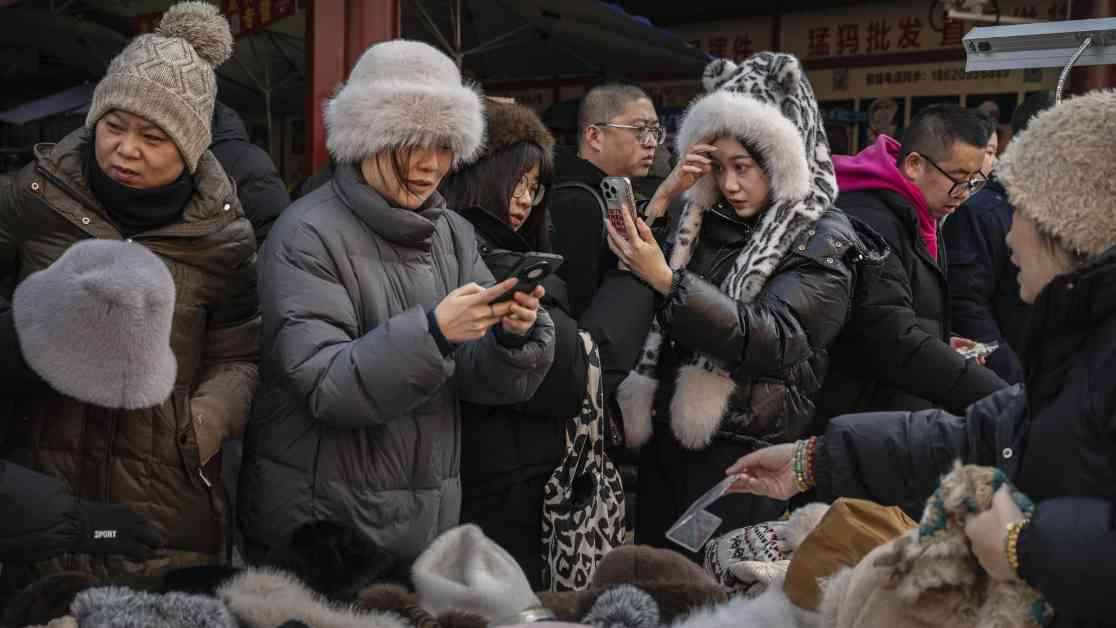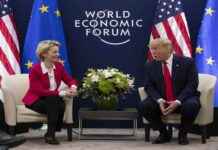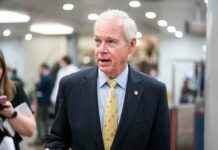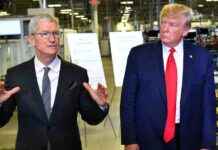China’s Economy Shows Resilience Amid Global Challenges
A bustling marketplace in Beijing paints a vivid picture of China’s economic landscape, where retail sales and industrial output have exceeded expectations, offering a glimmer of hope in the face of daunting challenges. According to the National Bureau of Statistics, the first two months of this year saw a modest uptick in economic activity, with retail sales growing by 4.0% and industrial production climbing 5.9% year-on-year. These figures, although slightly lower than the previous month, suggest a gradual recovery after a challenging period.
Government’s Drive to Boost Domestic Consumption
Amid concerns about external factors impacting economic growth, the Chinese government has reiterated its commitment to bolstering domestic consumption. Analysts point to a series of stimulus measures that have contributed to the recent improvements in retail sales and industrial output. The growth in various sectors, including equipment manufacturing and high-tech industries, indicates a positive trend that aligns with Beijing’s goal of enhancing residents’ income and household spending.
Lynn Song, ING’s chief China economist, believes that policymakers are moving in the right direction by addressing key issues like income growth and social safety nets. This shift towards a consumption-driven economy bodes well for China’s long-term economic stability. However, challenges remain, as highlighted by the statistics agency, which points to a complex external environment and operational difficulties for enterprises.
Overcoming Economic Headwinds
China’s leadership faces a daunting task of achieving a growth target of around 5% this year, amidst escalating trade tensions with the U.S. and deflationary pressures. Fu Lingui, spokesperson for the statistics bureau, acknowledges the formidable nature of this goal, emphasizing the need for robust stimulus measures to drive economic growth. Economists anticipate a stronger focus on domestic consumption to offset potential declines in exports, which have traditionally played a significant role in China’s GDP.
The recent data on unemployment rates and real estate prices underscore the challenges facing China’s economy. While new home prices have seen a marginal decline, investment in real estate development has dropped significantly. Zichun Huang, a China economist at Capital Economics, notes policymakers’ efforts to provide credit support to developers amidst these challenges. The revised inflation target of around 2% reflects a cautious approach to managing the current economic environment.
As part of a broader fiscal strategy, Chinese leaders have announced additional financial support for consumer subsidies, signaling a commitment to stimulating domestic demand. However, the effectiveness of these measures hinges on their implementation at the local level and the allocation of sufficient resources. Alfredo Montufar-Helu, head of the China Center at The Conference Board, emphasizes the importance of translating policy directives into tangible outcomes that benefit consumers and drive economic growth.
In conclusion, China’s economy demonstrates resilience in the face of global economic headwinds, with promising signs of recovery in retail sales and industrial output. While challenges persist, proactive measures by policymakers and a focus on domestic consumption offer a path towards sustainable growth and economic stability. By navigating these obstacles with strategic foresight and targeted interventions, China aims to overcome current challenges and emerge stronger in the evolving global economic landscape.

















